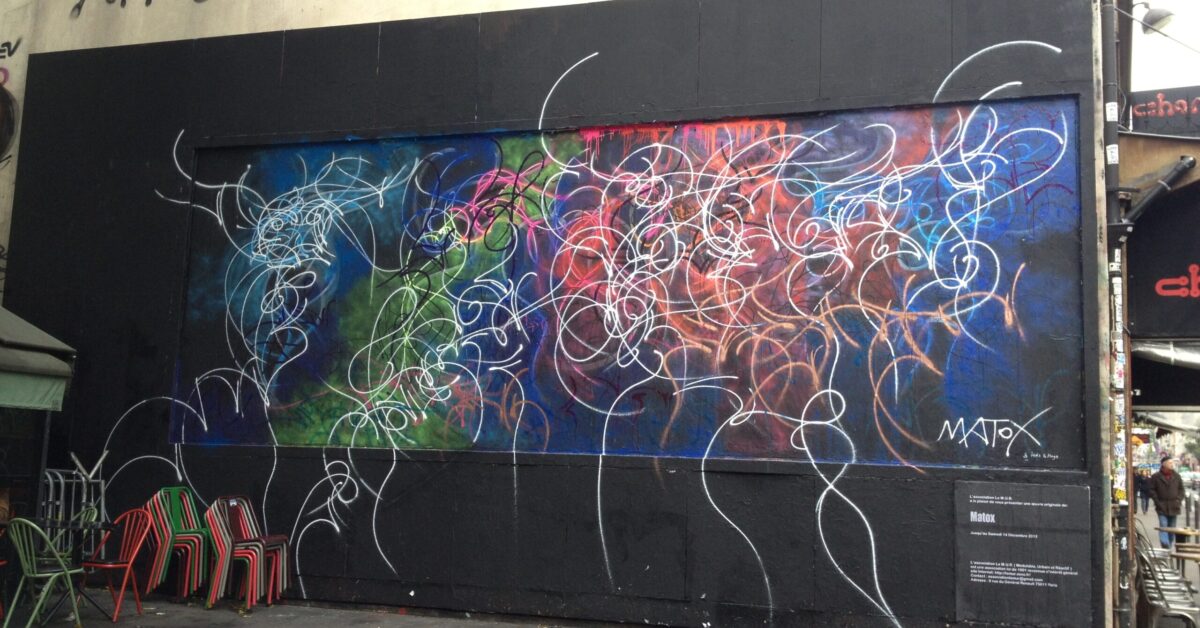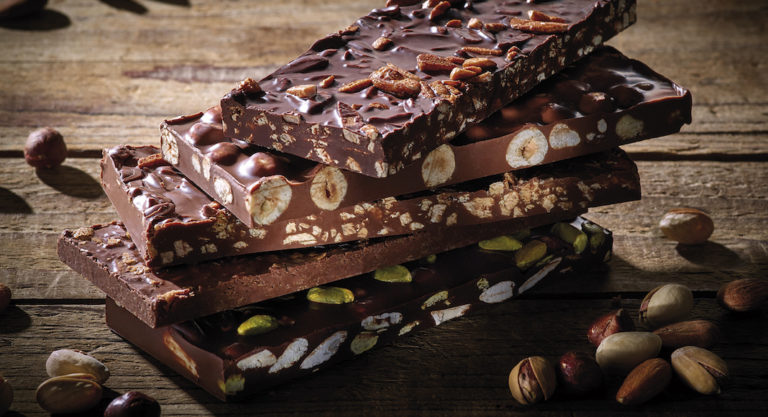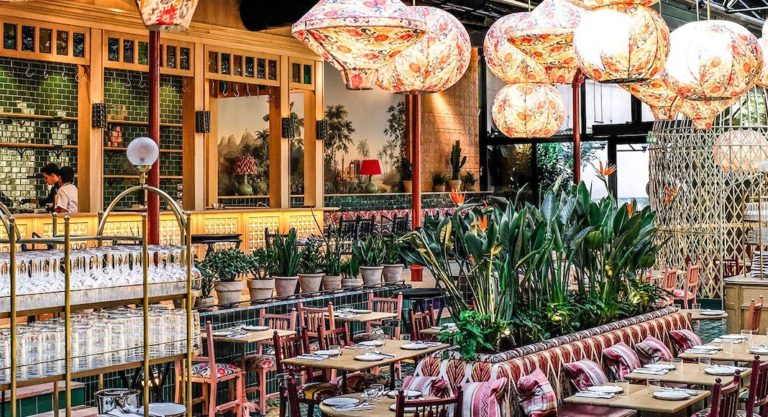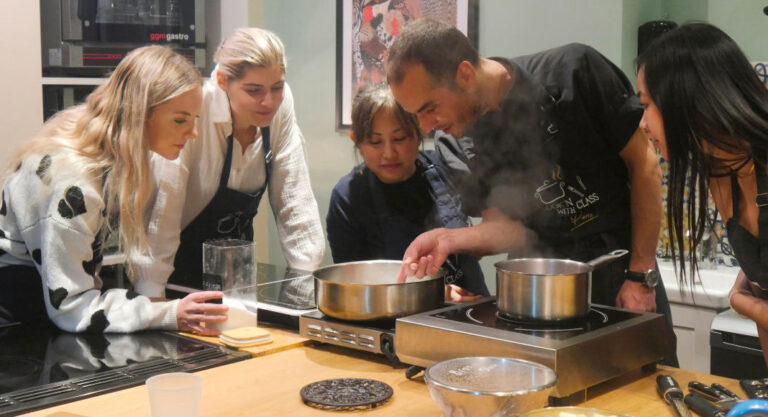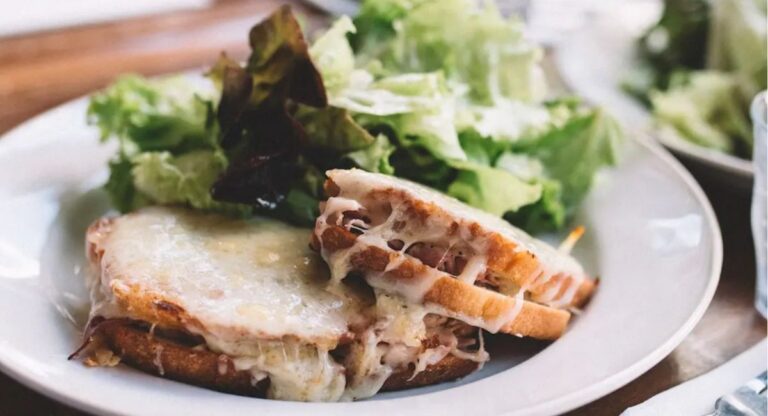Ten years ago, I moved into a student residence on rue Oberkampf in Paris’s 11th arrondissement, a part of town that was explained to me as “the Williamsburg of Paris.” It wasn’t until a year later that I began to explore the real Williamsburg in Brooklyn, but I understood what the nickname meant.
The 11th arrondissement was different. It wasn’t postcard Paris. It was a neighborhood populated by immigrants from Lebanon and Vietnam, as well as an influx of the young, scrappy, and trendy. For us, it was a playground, filled with bars and clubs, street art and cheap eats. People would come to our block from all over Paris to party at Nouveau Casino, or drink cocktails on the roof of Le Perchoir. Music venues like L’International and Pop In provided space for independent artists in a country dominated by techno and borrowed American pop music.
I was aware, even at the time, of the role I played in the steady gentrification of an area that began, roughly, near the Place de la République, ran up the Canal Saint-Martin, and circled back through Buttes-Chaumont to the tip of Père Lachaise. It mirrored the experience I felt during the four years I later spent living on the edges of Williamsburg in Brooklyn, which by then had become the city’s poster child for gentrification. The sensation was one of a neighborhood shifting under my feet, and that I, myself, was gently pushing it towards a new era with every step of my battered Converse high-tops.
Going back to rue Oberkampf over the last several years, however, the ongoing changes have been stark and often unsettling. It started with an organic and gluten-free crêpe place, Crêperie Elo, and a restaurant called PNY, for Paris New York Burger. Then the Atelier des Lumières, a world renowned immersive art gallery, opened a short walk away from the unabashedly trend-seeking Prohibition-themed “speakeasy” Mobster Bar, and the buzzy “authentic” Mexican taqueria Café Chilango. With their pink storefronts and perfectly-Instagrammable salads and toasts, places like Avocateria and Bloomy Brunch seem like they were generated by ChatGPT after inputting the phrase, “Brooklyn brunch.”
View this post on InstagramA post shared by Les Triplettes de Belleville (@lestriplettesbelleville)
This style is not limited to places with a 75011 zip code. It bleeds into the edges of neighboring quartiers, particularly those now-hip 10th arrondissement addresses along the Canal Saint-Martin. Le Comptoir Général is an older harbinger of this vibe shift: part brunch spot, part cocktail bar, part pop-up market, meant to evoke Hollywood movie sets of the 20th century. A block north sits Ten Belles, one of the original champions of quality small batch coffee in a city notorious for awful espresso. Across the canal is La Cidrerie du Canal, a charming bar that lures the wine-drinking French in with the novelty of craft cider. Over in the 20th arrondissement, Triplettes de Belleville serves an eclectic mix of “New American” style tapas and burgers in the shadow of Paris’s shrinking Chinatown. The bar/art gallery Floréal Belleville and upscale “mixology” bars like Le Combat (complete with pink neon-lit bathrooms), round out Belleville’s new reputation as a place to see and be seen.
I mourn the places that have been swallowed by this shift, like Cantada II, a heavy metal absinthe bar Anthony Bourdain made too famous for its own good, or the nameless Algerian-run crêpe stand I frequented at least once a week as a teenager. But these things do happen. They happen in Williamsburg, too, which now looks more like Soho than Brooklyn, its warehouse parties and independent shops replaced by hotel rooftop bars and luxury brands. I can’t say what either neighborhood will look like in five, ten years. Honestly, I can’t say what they’ll look like tomorrow. But there’s a kinship there, a mirror effect, connecting these two neighborhoods in these two cities across thousands of miles. Paris and New York, they’re not so different. And they will continue to push each other forward, one taco-speakeasy-immersive art gallery-gluten free brunch spot at a time. Cortado in hand, I will continue to disparage these changes while indulging in the benefits they offer me, pridefully nostalgic for something that had probably been lost by the time I ever claimed to have found it.
—
Catherine Rickman is a writer and professional francophile who has lived in Paris, New York, and Berlin. She is currently somewhere in Brooklyn with a fork in one hand and a pen in the other, and you can follow her adventures on Instagram @catrickman.

